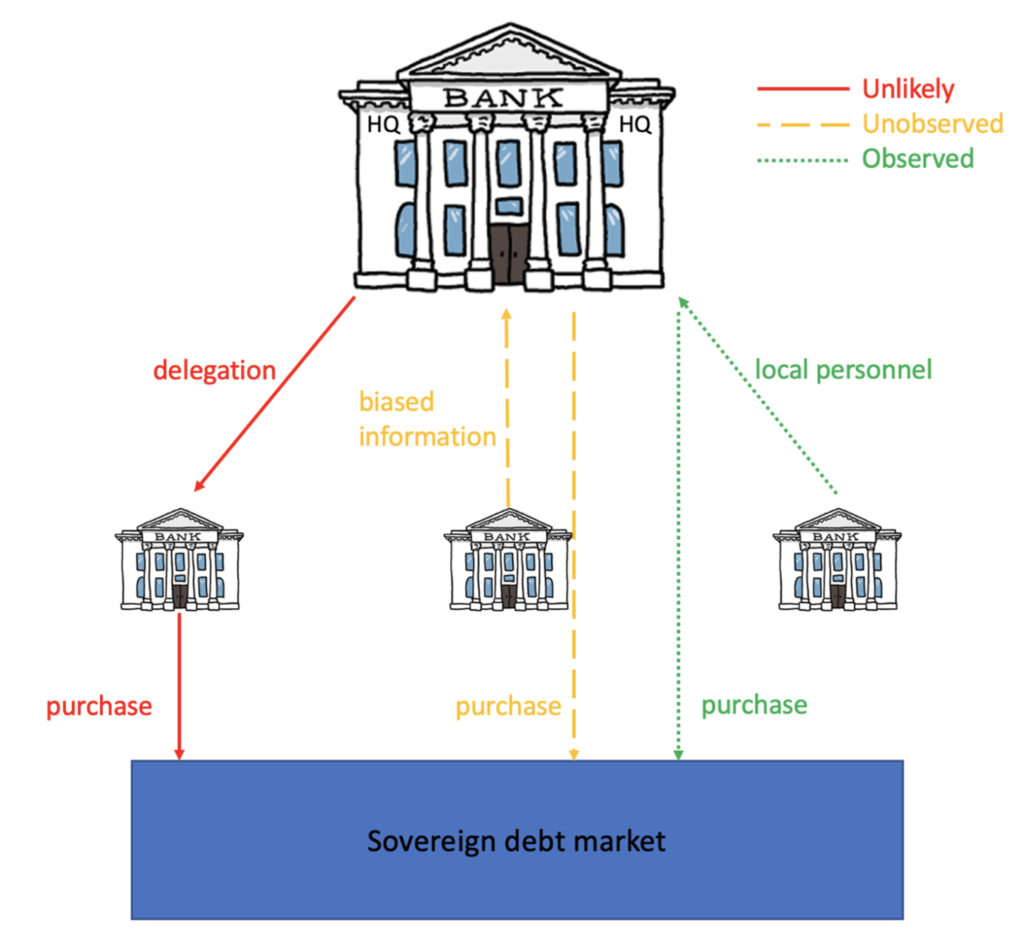Link: https://www.nakedcapitalism.com/2023/01/the-currency-swaps-time-bomb-in-global-finance-rob-johnson.html
Excerpt:
Yves here. While this post gives an introduction to the problem of the magnitude of currency swaps, I suspect readers will find it a bit frustrating because it raises more questions than it answers. I feel I should provide far more than I do in this intro, but it is a big topic to address properly, so I hope to keep chipping away at it over time.
Some initial observations:
First, the size of the dollar-related swaps market belies the idea that the dollar is going to be displaced all that soon.
Second, and not to sound Pollyannish, but there was a lot of currency volatility last year, yet nothing blew up. That may be due to dumb luck. But also recall that the Bank of International Settlements has been a Cassandra. It first flagged rapidly rising housing prices and related increases in lending as a risk…in 2003.
Third, interviewer Paul Jay keeps pushing on the idea that shouldn’t this activity be regulated? Wellie, it never has been and I don’t see how you can put that genie in the bottle. Foreign exchange trading has always been over the counter.
And non-US banks are regulated not by the US but by their home country under what is called the “home host” practice. So it is France’s job to see that French banks fly right, even when they are trading dollars and other non-Eurozone currencies. If a French bank gets in trouble, even on its dollar exposures, it is France that has to bail them out or put it down. That is why, during the financial crisis, when French and even much more so German banks bought a lot of bad US subprime debt and CDOs and then had a lot of losses, they needed dollar funding to cover the holes in their dollar book (as in no one would provide them with short-term dollar funding to keep funding these dollar assets and no one would buy them at any reasonable price if they had tried to sell them). But the ECB could only lend dollars to these Eurobanks, which would not solve this funding problem. So the Fed opened up big currency swap lines with the major central banks. These central banks then swapped to get dollars so they could provide emergency dollar funding to their banks.
Author(s): Yves Smith, Rob Johnson, Paul Jay
Publication Date: 3 Jan 2023
Publication Site: Naked Capitalism, theAnalysis.news



